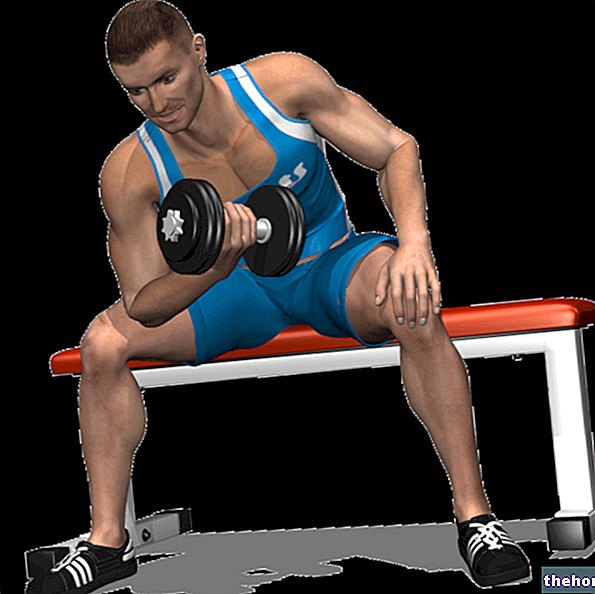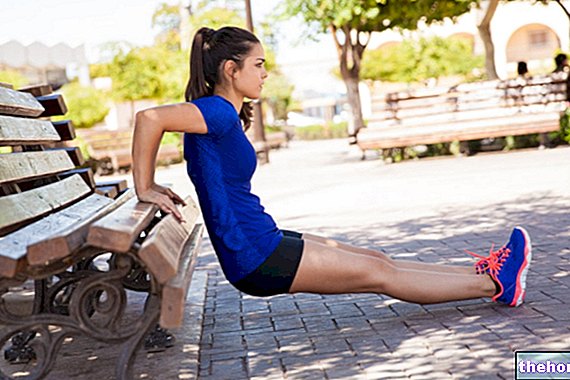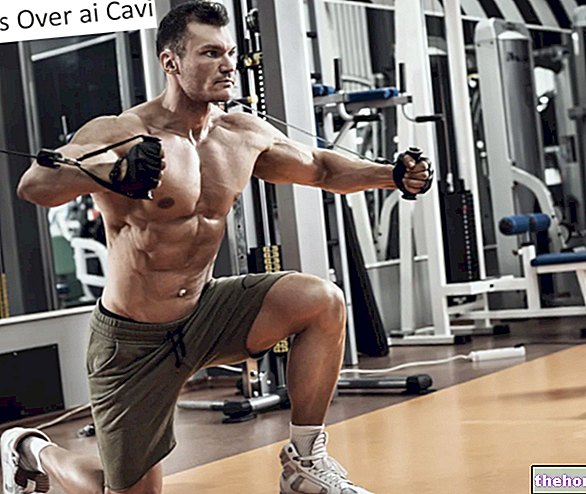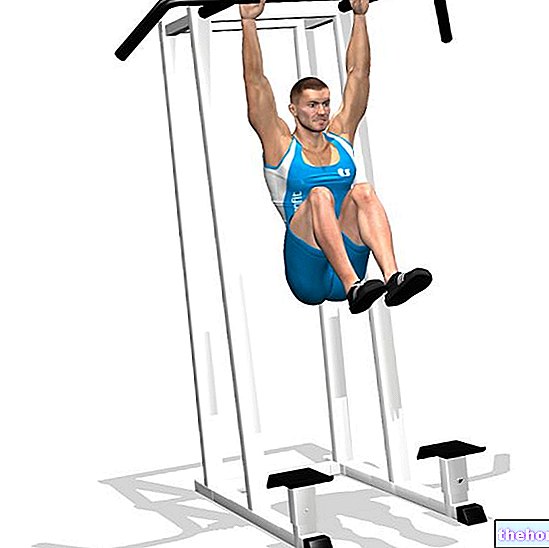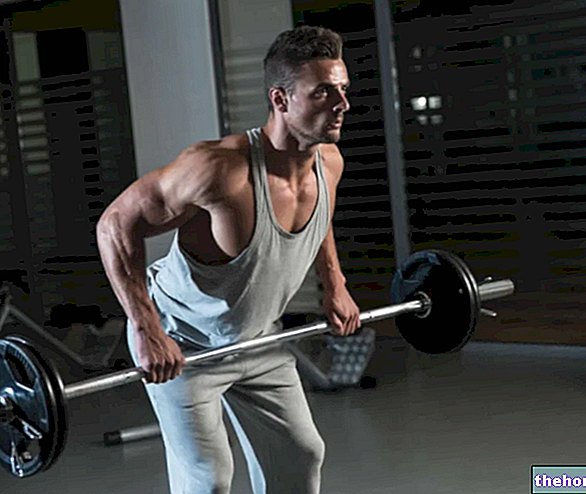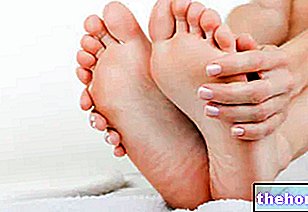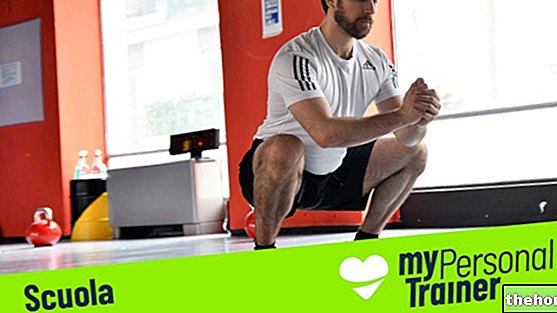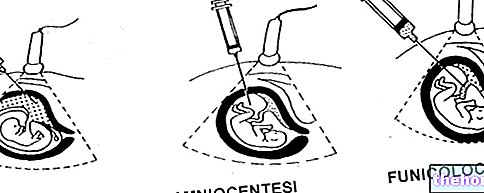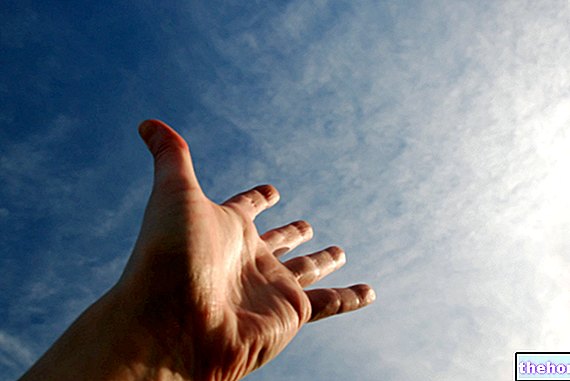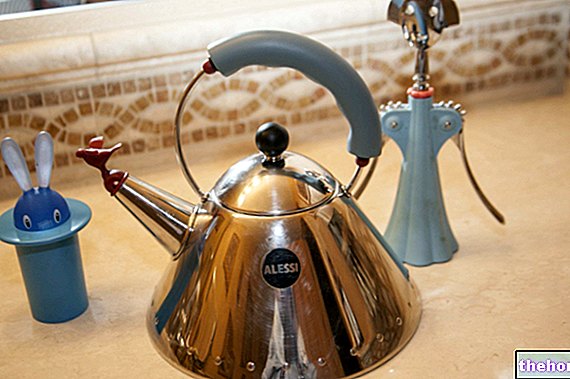Edited by Dr. Massimo Bonazzelli
Synonyms
The Slow Back Seated Barbell Exercise is also known as the Seated Back Military Press, Seated Rear Military Press.
Type of Exercise
Slow behind with a seated barbell is a basic exercise
Variants
- Slow forward with seated barbell
- Slow behind with standing barbell
- Slow behind with seated barbell
- Push press in front
- Push press behind
Slow behind with sitting barbell: Execution
The starting position sees the athlete sitting on a bench inclined at about 90 °, with the back in his position of strength, the head tilted forward, the legs apart and the feet firmly placed on the ground behind the knees to facilitate maintenance. of the three natural curves of the back and to support the weight more effectively. The elbows are flexed, the wrists straight and the shoulders are adducted and extra-rotated so that the elbow, wrist and barbell are exactly in the vertical plane from a side view. it rests on the lower part of the upper beams of the trapezius as well as on the hands that grab it at a variable distance, but always greater than that between the shoulders. The execution consists in pushing the barbell upwards on the vertical plane on which it lay before to begin, thus trying to trace a segment of a straight line and not a curve. During the thrust, the shoulders abduct in the longitudinal plane, while the elbows extend or and the shoulder blades begin to rotate upward when the elbows are at shoulder height or slightly higher. The execution ends with the complete extension of the elbows. During the whole execution of the exercise it is advisable to unload part of the weight on the feet. .
Muscles involved in Slow Back Exercise with Seated Barbell
Group 0
- Lateral deltoid
- Anterior deltoid
- Upper bundles of the pectoralis major
- Supraspinatus
- Coracobrachialis
- Brachial biceps
Shoulder abduction
Group 1
- Brachial triceps
- Anconeus
Elbow extension
Group 2
- Inferior bundles of the large thoracic dentate
- Lower bundles of the trapezius
- Intermediate beams of the trapezius
Upper scapular rotation
Function of the stabilizing muscles: Stability of the shoulder, shoulder blade, elbow, grip, torso, hip, knee, ankle and foot

